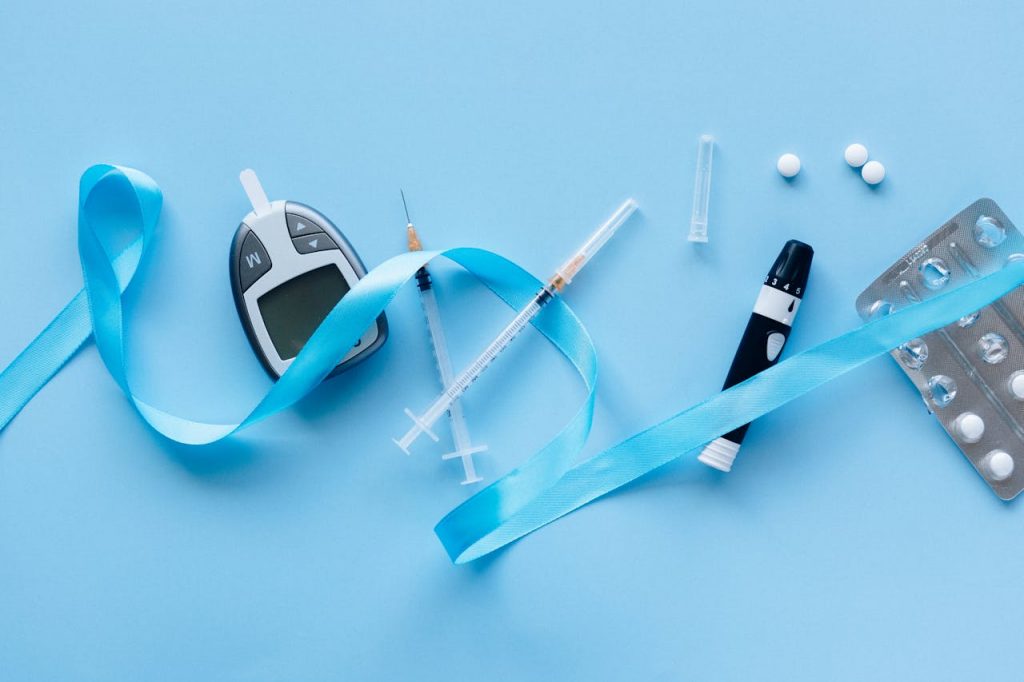What is type 2 diabetes. Symptoms, causes, how to treat
We offer answers to the most common questions about type 2 diabetes.
There is no person who has not heard of such a disease as diabetes. But what is type 2 diabetes? It is believed that this disease usually develops in adults aged 40 and older. But recently it has been diagnosed more and more often in children, adolescents and young people. so everyone needs to know about it.
MigNews will tell you everything you need to know about type 2 diabetes, as well as whether it is dangerous and what its symptoms are.
What is type 2 diabetes?
Type 2 diabetes is a chronic disease in which the body doesn't make enough insulin or doesn't use it effectively. Insulin is a hormone produced by the pancreas that helps transport glucose, also known as blood sugar, into cells to be used as energy, says diabetes researcher Ankit Shah.
When you eat, your blood glucose levels rise as you absorb nutrients, Dr. Shah explains. “In a healthy person, this process works so well that your blood glucose levels drop quickly,” he says. “With type 2 diabetes, your blood glucose levels stay high because insulin is less effective at lowering it.” That’s because people with type 2 diabetes have something called “insulin resistance,” which means their cells don’t respond as well to insulin.
The pancreas normally works overtime, producing insulin to overcome this insulin resistance, says endocrinologist Carolina Messer. “Eventually, it gets tired and stops producing insulin,” she says.
In the long term, type 2 diabetes can lead to complications, Dr. Shah says. These include heart disease, stroke, kidney failure, blindness, and amputations if it’s not treated properly.
 Type 2 diabetes is associated with serious complications such as heart disease, stroke and eye damage, Source: pexels.com
Type 2 diabetes is associated with serious complications such as heart disease, stroke and eye damage, Source: pexels.com
What is type 2 diabetes: causes
There are several factors that can lead to the development of type 2 diabetes, says endocrinologist Noah Tal. “Type 2 diabetes is caused by genetic predisposition, diet and lifestyle,” she says.
“There is evidence that the incidence is higher in people with a family history of diabetes.” Indeed, studies show that up to 68.8 percent of people with type 2 diabetes have at least one family member with the disease.
“But diet and lifestyle can certainly play a role,” says Dr. Tal. People who struggle to control their weight or who exercise less than three times a week are also at risk, she says.
What is type 2 diabetes: symptoms
It is possible to have type 2 diabetes and not have any symptoms, says Dr. Shah. But if your glucose level is very high, you may have the following symptoms:
- Blurred vision.
- Increased thirst.
- Urining more than usual.
- Unexplained weight loss.
If you have symptoms of type 2 diabetes, your doctor will usually want to test you for the availability of this diseases.
How is type 2 diabetes diagnosed?
Although symptoms of type 2 diabetes can be present earlier, the condition is usually discovered during a routine doctor's visit, says Dr. Shah. “Most people find out they have type 2 diabetes when they have a routine blood test from their doctor during their annual checkup,” he says.
There are four tests that can be used to diagnose type 2 diabetes. These include:
- A1C test. This measures your average blood sugar levels over the past two to three months.
- Fasting blood sugar test. This test measures your blood sugar levels after you have not eaten anything overnight.
- Glucose tolerance test. During a glucose tolerance test, you fast overnight and then drink a liquid containing glucose. Your blood will be drawn before you drink the drink and then, usually, one, two, and three hours later.
- Blood sugar test. This test measures your blood sugar levels at any time. You don't need to fast beforehand.
How is type 2 diabetes treated?
Doctors typically recommend lifestyle changes for people diagnosed with type 2 diabetes. Dr. Shah calls this the “mainstay” of type 2 diabetes treatment. “I typically recommend the balanced plate approach, along with regular aerobic exercise and strength training,” Messer says.
The balanced plate method involves filling half of each plate with non-starchy vegetables, a quarter with grains, starchy vegetables or beans and lentils, and a quarter with protein, such as eggs or meat. Dairy products and fruits are considered “set aside,” meaning they are less important and should be eaten in smaller amounts.
Doctors may also recommend weight loss. “Even a small amount of weight loss can change the trajectory of type 2 diabetes,” says Dr. Shah.
There are also medications available to treat type 2 diabetes. “Several types of medications are effective in lowering blood glucose levels in patients who need them,” says Dr. Shah. “These include various pills and injections, as well as insulin replacement.”
If you've been diagnosed with type 2 diabetes, it's best to talk to your doctor about the right treatment plan for you. They can help you create a plan that fits your needs and lifestyle.
Unfortunately, there are many myths about diabetes spread online. Learn about them and stop believing them.

